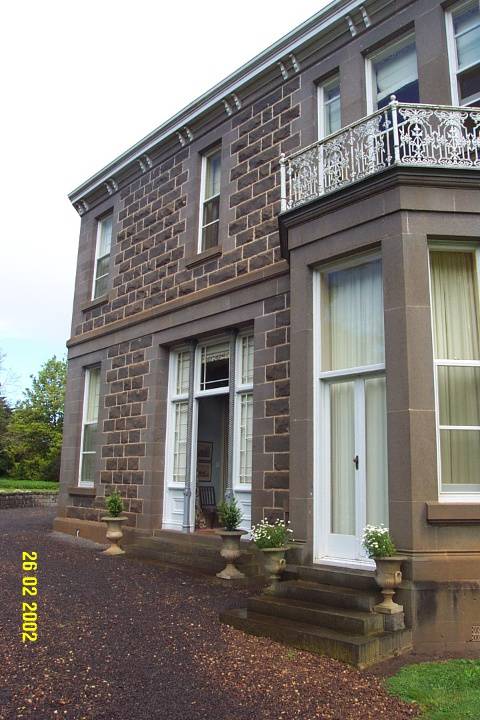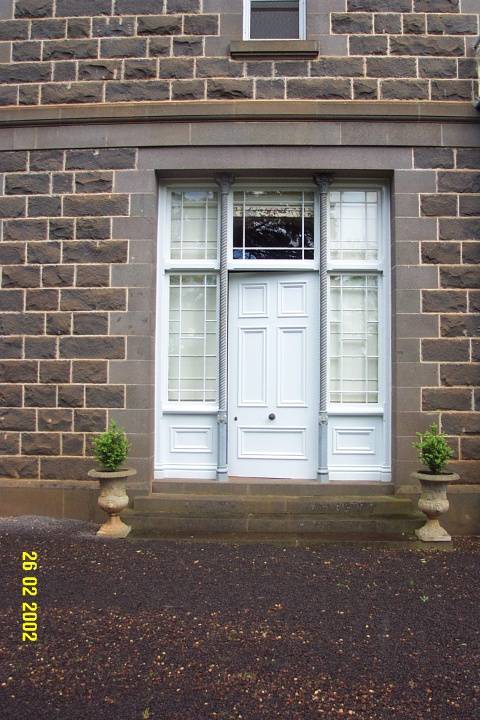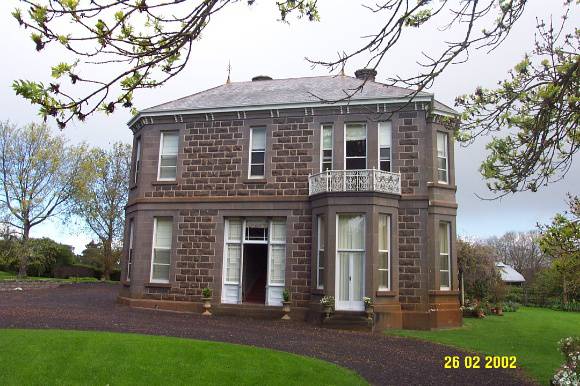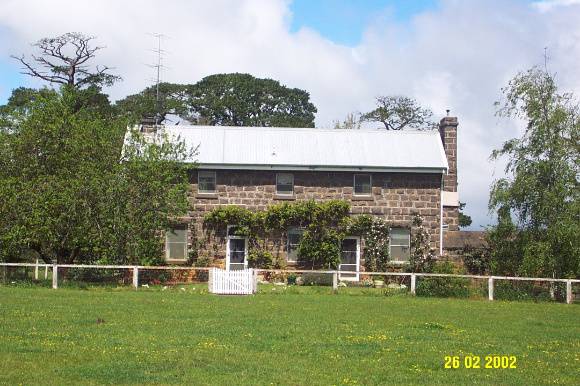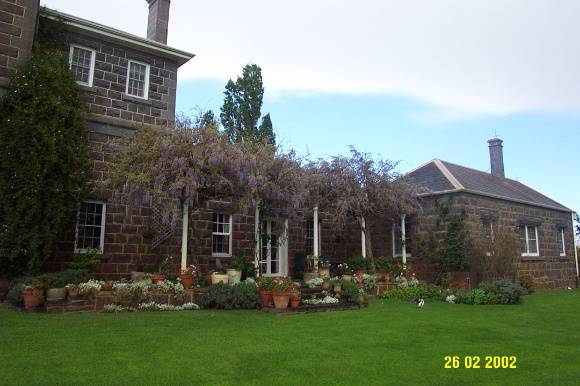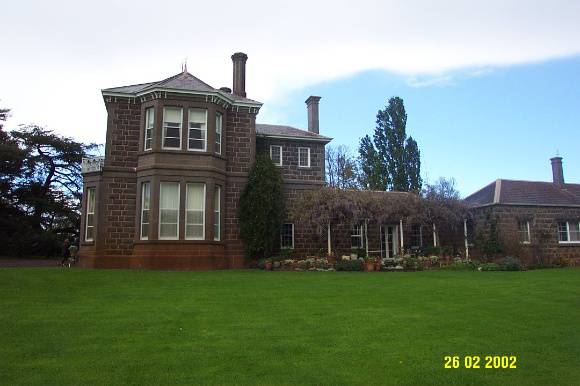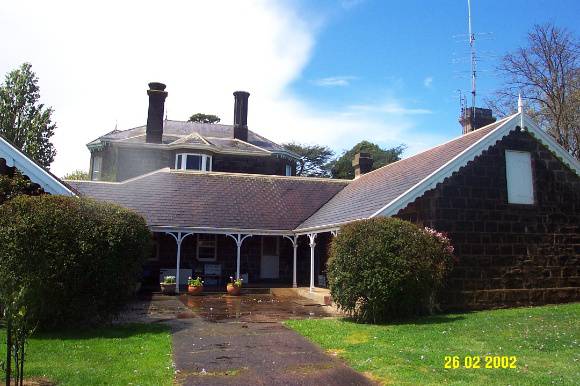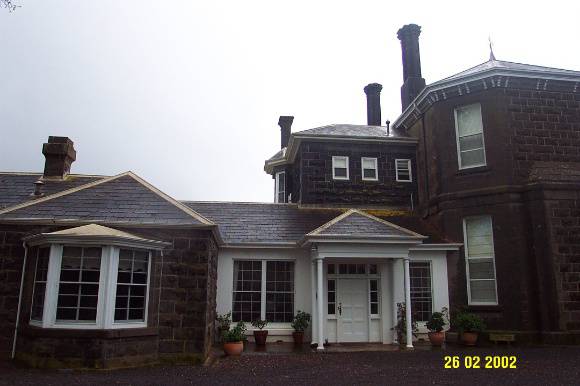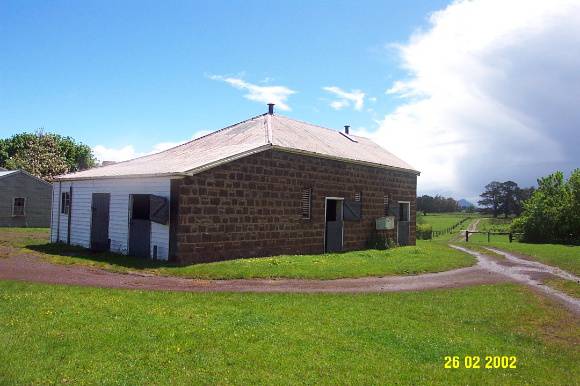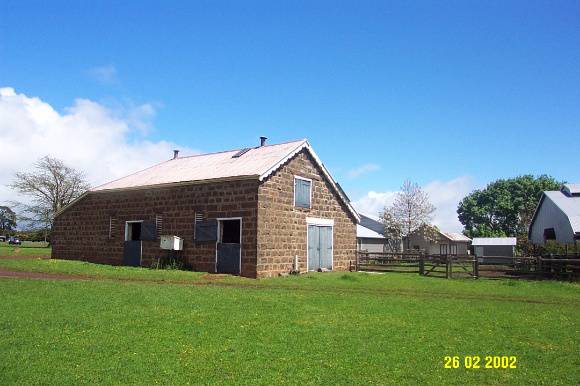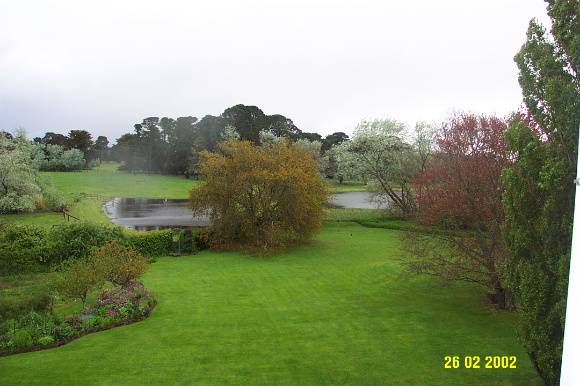| Back to search results » | Back to search page » |
|
DEVON PARK HOMESTEAD COMPLEX
Statement of Significance
What is significant?
Devon Park, formerly known as Linlithgow Plains, was taken up by Donald and Duncan Cameron Kennedy in October 1845. Some parts of the surviving bluestone structures may date from this time. In 1853, the Kennedy brothers sold to Silas Harding, a successful Geelong businessman who renamed the property and who held it until his death in 1894, when it passed to his second wife's family, the Oldhams. Harding seems to have built substantial bluestone structures early in his occupation and these may have been designed by Backhouse and Reynolds, the important architects who worked for him in Geelong. In 1882, Harding undertook a major extension engaging stonemasons from Geelong. No architect has been discovered for the design which is distinctive in its sense of scale and detailing. Further substantial extensions were made in the 1930s for the Clarke family, which were designed by the Melbourne architect, Robert Hamilton. The whole complex is in excellent condition and retains a high degree of integrity to the Interwar period.
How is it significant?
Devon Park Homestead Complex is of historical and architectural significance to the State of Victoria and to the Southern Grampians Shire.
Why is it significant?
Devon Park Homestead Complex is of historical significance as one of the earliest of the major squatting runs and for its associations with the Kennedy brothers, with the leading Geelong businessman, Silas Harding, and from 1928, with the Clarke family, descendants of W J T 'Big' Clarke. It is of architectural significance as a relatively intact homestead complex, parts of which were possibly designed by the Geelong architects Backhouse and Reynolds, and especially for the style and detailing of the 1882-3 extension to the homestead. The architectural significance of the homestead was enhanced by the sympathetic alterations designed by Robert Hamilton in the 1930s. The setting of the homestead within a landscaped garden and park further enhances the significance of the complex.
Group
Farming and Grazing
Category
Homestead Complex


